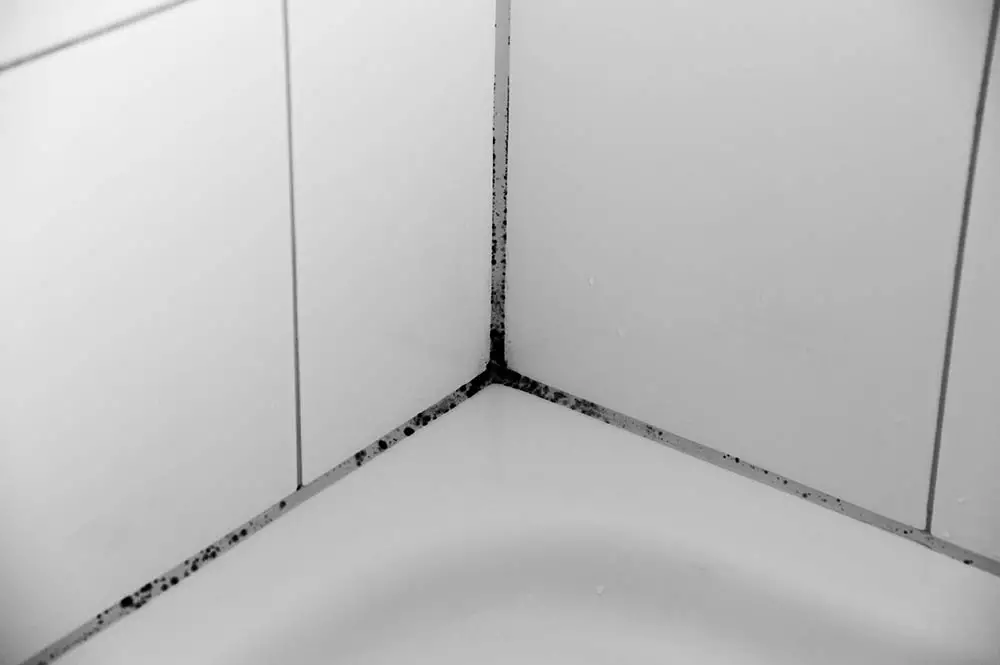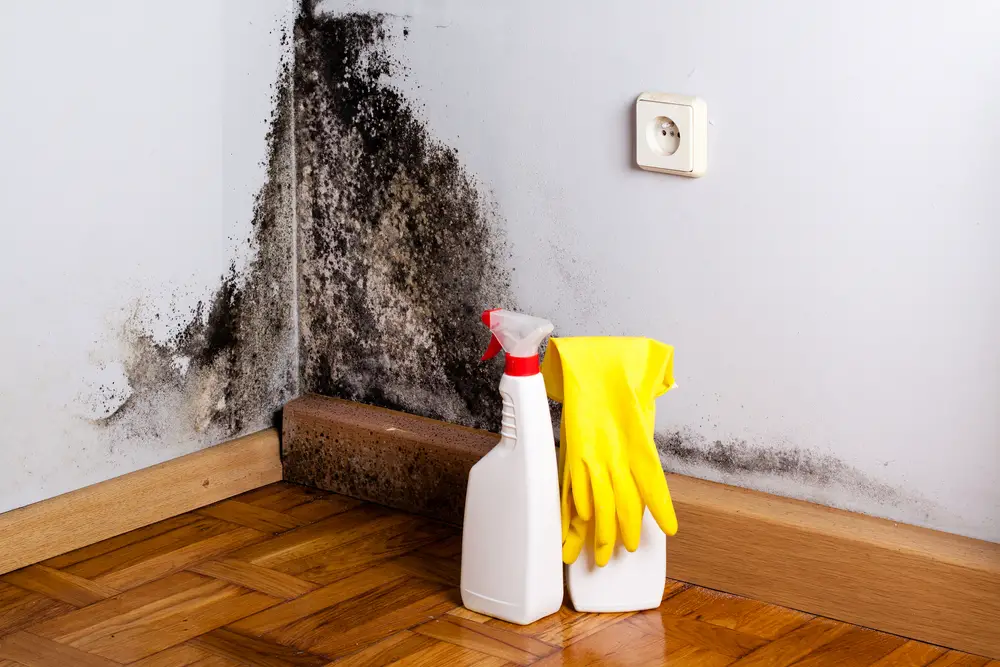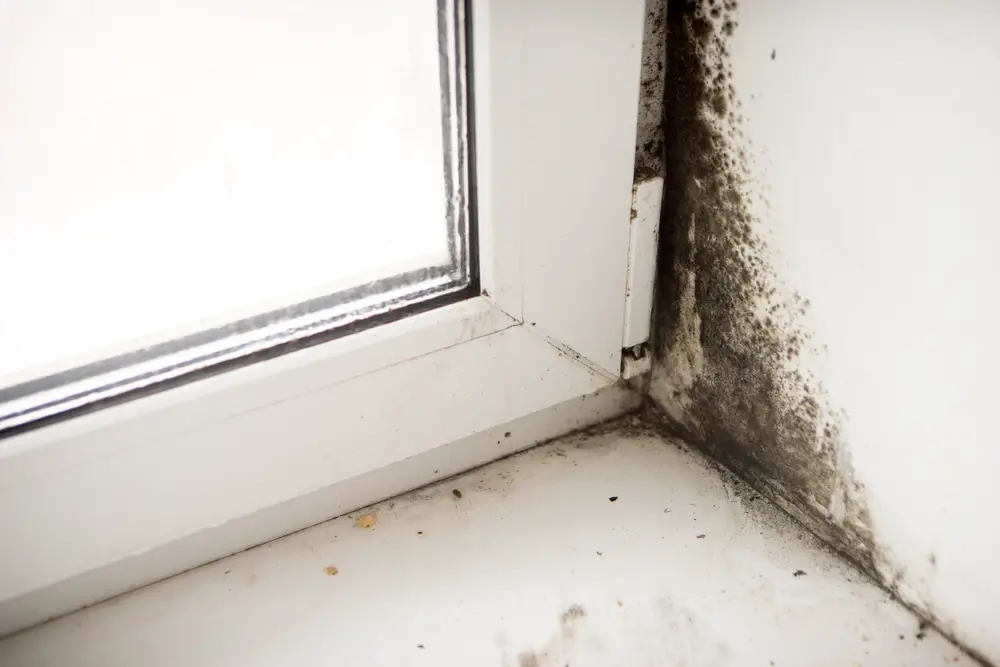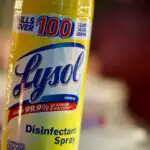At some point in your life you will have come across mold. Mold is unpleasant in whatever situation you encounter it.
We know mold as a sign of when our food is going off or has gone out of date, but it can also grow inside our homes too, and in many other places.
There are many types of mold you can find in your home, some are allergenic, some are pathogenic, and others are toxigenic.
There are 12 types of mold you may find in your home these are; Acremonium, Alternaria, Aspergillus, Aureobasidium, Chaetomium, Cladosporium, Furasrium, Mucor, Penicillium, Stachybotrys, Truchoderma, and Ulocladium.
Regular mold is something you might see growing on food, or in carpets and so on which usually create an allergic reaction, types of mold that cause this includes penicillium, mucor, fusarium, and cladosporium.
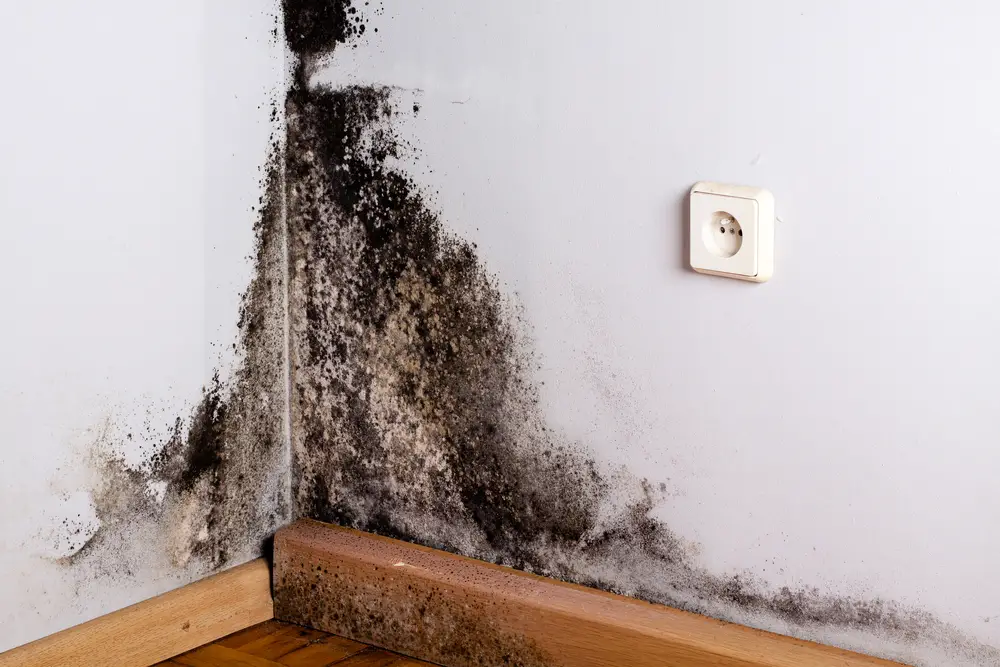
Black mold is something that is often found in areas that are highly damp, such as kitchens, bathrooms or areas that experience leaks. It is much more common in older buildings.
Black mold is most commonly Stachybotrys. It is a toxigenic mold that can also cause allergic reactions, it can create severe health problems and can be extremely dangerous to children.
One of the primary differences between regular mold and stachybotrys is that this mold can spread very quickly and if a house is infested with this mold there is no chemical, spray or otherwise that can kill it. In most cases, the building needs to be completely deconstructed and reconstructed.
Which mold is worse black or white?
Black mold is one of the most well known mold species because it is the most harmful of all the molds that is found in outdoor environments. It is greenish black in color which makes it very easy to distinguish. It is highly toxic and poses very serious health risks.
Oppositely white mold is powdery, string, flaky, or like a film hat can remain white or change color which can make it more difficult to identify. Generally white molds present fewer health risks than black mold does.
White mold and efflorescence look very similar, many people will often mistake one for the other. Both of these are white in color and are found on walls and other building materials.
White mold will grow due to high moisture levels combined with a food source and adequate temperature. It feasts off of wood, drywall, laminate, insulation and any other carbon rich material.
White mold is still dangerous, it can be allergenic and can cause asthma, fungal sinusitis, and other conditions such as bronchopulmonary aspergillosis, as well as hypersensitivity pneumonitis.
Black mold is also known as stachybotrys, it thrives in damp, wet areas with high humidity. It produces mycrotoxins that cause severe health problems.
Symptoms of mold exposure to stachybotrys include; difficulty breathing, sinusitis, fatigue, even depression. You can also get dull aches and pains in the mucous membranes of the sinuses, and it is also linked to neurological problems in children and pulmonary bleeding in infants.
It's safe to say that black mold is definitely more dangerous, both white mold and black mold can have health effects and can be damaging, but black mold creates much more severe health problems.
Does white mold turn into black mold?
With the exception of stachybotrys, mold can vary in color, from white, to a white-green, gray, gray-green, and any shade of brown. But, black mold or stachybotrys does not start out white.
Stachybotrys is a whole other thing, but this is what is known as black mold. Although other molds can look black, they are not black mold because black mold is strictly stachybotrys.
Black mold (stachybotrys) is black from the get-go, it does not start off white, and no white mold can transition into black mold.
This is because each mold is different and made from different bacteria or fungi, for example a white mold such as mucor can not become black mold, because it is a totally different type of mold than stachybotrys.
It may look black sometimes because it can turn gray in color. However, it is never black mold.
Different molds have different make-ups. It is possible for a mold that is not black mold (stachybotrys) to look black as some can be brown or gray, however they are not the dreaded black mold.
Black mold will grow in damp, humid, wet conditions, and it will start off black and remain that color through the duration of its existence. It is infamously hard to get rid of and extremely dangerous to your health.
While other molds can grow in similar conditions and grow just as fast, they do not turn into black mold and most of them are somewhat easier to get rid of than black mold is.


